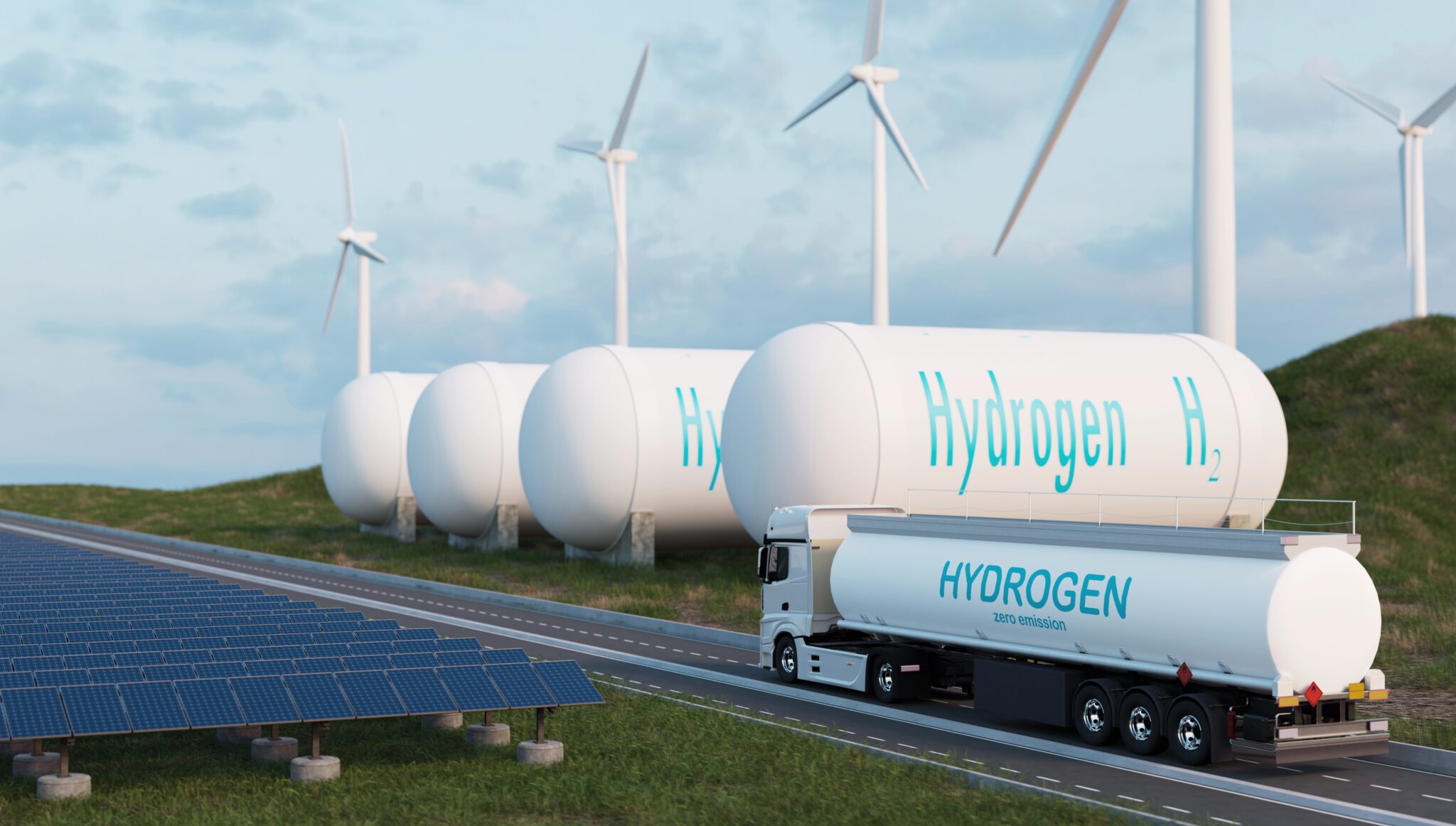Clean hydrogen supply is booming—but that’s only half the equation.
With billions from recent climate legislation supporting clean hydrogen projects nationwide, we’re setting the stage for a robust future supply of clean hydrogen. However, far less attention is being paid to the other side of the equation. Is there reliable demand? Who might buy it? Are those consumers helping our decarbonization efforts?
An ample supply of clean hydrogen means nothing if there’s no market to buy it at scale or guardrails to ensure it’s actually helping us get to net zero. That’s why the next step in cultivating a robust US clean hydrogen industry requires government support for demand, alongside creative private sector partnerships such as advanced market commitments.
Why do we need demand-side policies?
As with supply, the federal government plays a critical role in enabling early investments and setting policies that reduce risk for the private sector. Without demand-side policy support, we face two big problems:
Market failures
Despite the momentum on the supply side, the market for clean hydrogen faces a lot of uncertainty that could slow down progress.
- Hydrogen producers want long term contracts that give them confidence. Meanwhile, buyers prefer short-term contracts that allow them to take advantage of falling costs over time. This creates a chicken or the egg scenario that poses challenges for the nascent market.
- Perceived risks around clean energy projects and uncertainty about future costs create a hurdle for securing project financing. Both of these problems could prevent clean hydrogen from scaling to the extent needed to meet our climate goals.
Poor climate outcomes
Not all end uses of hydrogen are created equal. Some of the most commercially viable hydrogen applications don’t necessarily help us decarbonize at scale. Here’s what we mean:
- It takes energy to produce or extract hydrogen for use. Moreover, every transformation—supercooling gas to liquid or converting it into ammonia, for example—adds to the inefficiency of a hydrogen molecule’s journey from production to use. Therefore, we should only use hydrogen at scale where more efficient solutions like electrification are not an option. (Though a resource like geologic hydrogen could change how efficient it is to use hydrogen - something our team will explore later this year).
- Without policy levers, the market might favor end uses of hydrogen that are neutral or even counterproductive towards our decarbonization goals. For example, while residential heating and electric power generation have been proposed as potential end uses, there are often more efficient alternatives available, so these are not ideal applications in many situations.
- Policymakers and industry stakeholders must prioritize the deployment of hydrogen in sectors where it offers clear advantages in reducing emissions and advancing decarbonization efforts. At Breakthrough Energy, we refer to this idea as prioritizing hydrogen’s “highest and best” uses. And it’s an area that we will explore more in detail over the summer.
What can the government do?
Policymakers have a clear role to play. Here are just a few mechanisms that can help bridge the gap between clean hydrogen supply and demand, many of which are already being piloted in peer countries.
- Make the price clear—To overcome market failures and get projects over the finish line, policy should aim to provide a greater degree of market certainty for developers, enabling the industry to attract private investment and scale up production. There are a number of ways to do this, including advance market commitments, contract for difference agreements, and offtake agreements. DOE plans to invest up to $1 billion in a demand-side intermediary to support the Hubs by creating market certainty, but the “what and how” of how it will be used remain to be seen.
- Build infrastructure—If producers and end users are not in the same place, we will need to invest in midstream infrastructure to store and transport hydrogen. But there are some tricky issues we’ll need to address, including updating and reforming regulatory processes, understanding how much infrastructure we actually need through thoughtful planning, and determining where infrastructure like pipelines should be located to maximize uptake and efficiency.
- Support the most efficient uses of hydrogen—New public funding should prioritize and scale the uses of hydrogen mentioned above that will have the most beneficial climate impact, or where other alternatives don’t exist. That includes industries like steel, chemicals, and long distance shipping.
The Bipartisan Policy Center has a useful resource that explains these and other demand-side policies in more detail.
Conclusion
While supply-side investments such as the Hubs lay a crucial foundation for a successful clean hydrogen industry, we need to pursue demand-side policies that mitigate market failures and secure long-term viability for the best end uses.
Additional funding and policy support from Congress is essential to unlocking the potential for clean hydrogen to play a key role in decarbonizing our economy. With the right resources and incentives, we can provide certainty to producers and consumers and catalyze a new, necessary market for clean hydrogen.







